Since there are several different types of dietary fats – some good and some bad, it can get a bit fuzzy. To help clear up some of the confusion, let’s do a deep dive into the different types of dietary fats and how they fit into a vegetarian or plant-based diet.
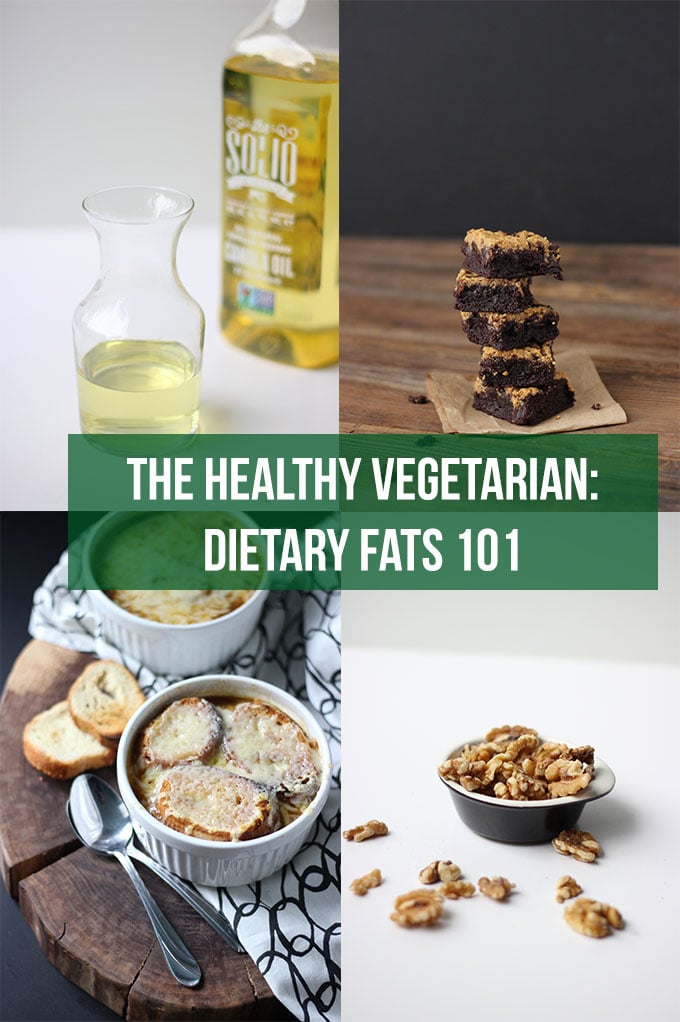
For years, people have learned to fear fat because of its association with heart disease. Yet, fat is an incredibly important nutrient in our diet. Luckily, the low fat diet sensation appears to be losing popularity, but that doesn’t mean all fat is created equal.
Since there are several different types of dietary fats – some good and some bad, it can get a bit fuzzy. To help clear up some of the confusion, let’s do a deep dive into the different types of dietary fats and how they fit into a vegetarian or plant-based diet.
Why do we need fat in our diets?
Simply put, we could not survive on a no-fat diet. Fat is actually an incredibly important nutrient. Fat has numerous functions including:
- Assisting with the absorption of fat soluble vitamins A, D, E, K in the intestine
- Structural component of cell membranes (ie. healthy hair, skin)
- Transporting fat soluble vitamins through the blood stream
- Providing a good source of energy (especially for long-endurance exercise)
- Hormonal cell signaling.
There are also “essential” fatty acids, Omega 3 and Omega 6, that our body cannot produce, so we need to get them from our diet. These fatty acids play an important role in inflammation, blood clotting, and brain development.
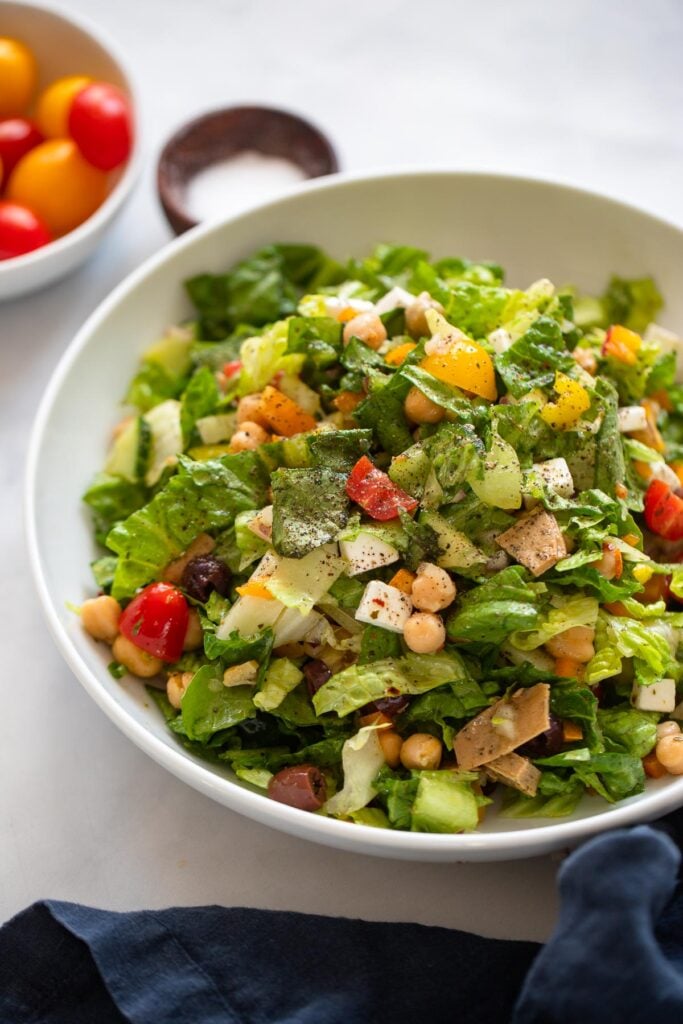
Does eating too much fat make you fat?
Since fat is high in calories (1 gram provides 9 calories), it has been branded as a contributor to obesity. Per gram, it provides twice as much calories as protein or carbohydrates. Fat also makes foods taste good. Why do you think fast foods, baked goods, and junk food have so much fat?
We know too many of these fatty foods can lead to weight gain. However, a diet that incorporates healthy sources of fats like nuts, fatty fish, and olive oil (ie. Mediterranean diet) and limits excess amounts of fatty junk foods and high fat meats can be protective against heart disease.
What is the difference between the different types of fat?
When talking about the different types of dietary fat, it is important to note that the different names for each are based on their chemical structure. Fats are composed of long chains of carbon atoms. The presence of double bonds on this carbon chain indicates what category they fall under.
For example, saturated fat contains no double bonds because each carbon in its chain is “saturated” with hydrogen. On the other hand, monounsaturated fats are missing a couple of hydrogens so they contain one double bond along the chain.
The main reason we should care about the different types of fat is that these double bonds can drastically change the physical properties of the fat and their effects on your body.
Saturated Fat
If you have been reading any nutrition-related headlines of late, you may have noticed that it appears the great fat debate has begun again. Saturated fat has had a bad reputation since the 1970s when Ancel Keys published the “Seven Countries Study” which showed a correlation between fat and heart disease.
More recently, new research has tried to disprove this association. For now, the Dietary Guidelines for Americans still recommends limiting saturated fat to less than 10% of your total calorie intake for the day. (The American Heart Association recommends even lower, at 7% of your calorie intake.)
So, if you eat 2000 calories a day, no more than 200 calories should come from saturated fat (about 22 grams). If you find you are eating a lot of saturated fat in your diet, try replacing with mono- or polyunsaturated fat rather than additional carbohydrates as this approach has been shown to better protect against heart disease and limit weight gain.
The following are a few examples of foods that are high in saturated fat:
- High-fat cuts of meat (beef, lamb, pork)
- Chicken skin
- Whole-fat dairy products (milk and cream)
- Butter
- Cheese
- Ice cream
- Palm and coconut oil
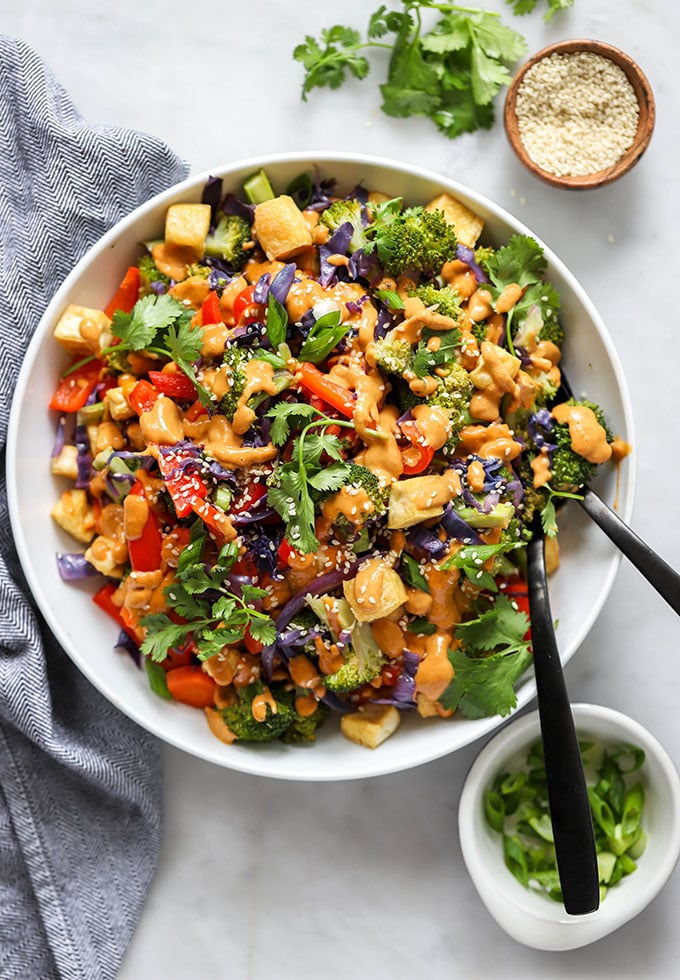
Monounsaturated Fat
Monounsaturated fats have one double bond along their chain length. Unlike saturated fats, they are usually semi-solid at room temperature. Monounsaturated fats are typically seen as protective against heart disease because they can help lower “bad” LDL cholesterol.
Try to consume at least one serving of monounsaturated fat daily. An easy way to incorporate this healthy fat into your diet is to use these oils more frequently when cooking.
Here is a list of some common foods are high in monounsaturated fat:
- Olive oil
- Canola oil
- Sunflower oil
- Peanut oil
- Sesame oil
- Avocados
- Olives
- Nuts (almonds, peanuts, macadamia nuts, hazelnuts, pecans, cashews)
- Peanut butter
Polyunsaturated Fat
Polyunsaturated fats have more than one double bond in their chain and are typically very thin liquids at room temperature and remain liquid even when refrigerated. Like monounsaturated fats, these are also seen as protective against heart disease.
This group of fats also includes the essential fatty acids, Omega-3 and Omega-6. The American Heart Association recommends that you consume a serving of fatty fish high in Omega 3 at least twice a week.
Here are a few foods high in polyunsaturated fat:
- Soybean oil
- Corn oil
- Safflower oil
- Walnuts
- Sunflower, sesame, and pumpkin seeds
- Flaxseed
- Fatty fish (salmon, tuna, mackerel, herring, trout, sardines)
- Soymilk
- Tofu
Trans Fat
Trans fat is found in minimal amounts in meat, butter, and dairy. The majority of trans fat in our diet, however is manufactured by food companies. Trans fat is made through a process where an unsaturated fat (more than one double bond) is artificially made into a saturated fat (no double bonds) by adding hydrogen molecules, ie. hydrogenation.
Why? It makes trans fat is much more shelf stable, which is a desirable characteristic for boxed foods like crackers, cookies, desserts, etc.
The problem with trans fat is that a diet high in this type of fat has been linked to increased risk of heart disease and cancer. (It can increase “bad” LDL cholesterol and lower “good” HDL cholesterol.) The Dietary Guidelines for Americans recommends limiting trans fat in your diet as much as you possibly can.
Luckily, trans fat is now listed on the nutrition facts label. However, if a serving of the packaged food has less than 1/2 gram of trans fat per serving, it doesn’t have to go on the label.
Look for the word “hydrogenated” in the ingredient list to clue you in to any hiding trans fat in the product. The following foods can be high in trans fats:
- Commercially-baked pastries, cookies, doughnuts, muffins, cakes
- Packaged snack foods (crackers, microwave popcorn, chips)
- Stick margarine
- Vegetable shortening (ie. Crisco)
- Fried foods (French fries, fried chicken, chicken nuggets, breaded fish)
- Frozen pizza
- Coffee creamer
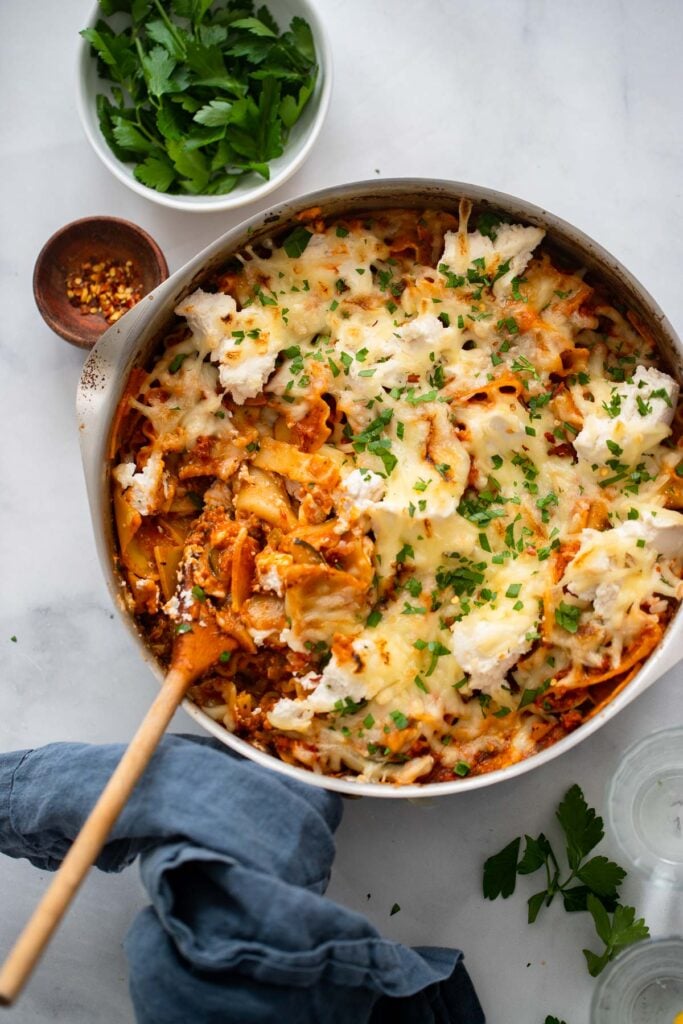
Key Takeaways
- When possible, try to use more mono- or poly-unsaturated fats when cooking by substituting olive oil or canola oil for butter.
- Try to eat at least 2 servings of fatty fish, walnuts, or flax seeds each week to meet your needs for Omega 3.
- Limit fast food (i.e. fried foods), commercially-baked pastries, and other junk foods in your diet to help you avoid trans fat. Read labels to look for hydrogenated oils and leave those products on the shelf when grocery shopping.
- Replace fatty junk foods with snacks that incorporate some fiber, protein, and healthy fats. (See this post for ideas!)
- Consider going vegetarian at least one dinner meal a week to decrease your consumption of animal-based saturated fat.
Printable PDFs
Here are two handy printable pdfs that summarize all the information in this post!
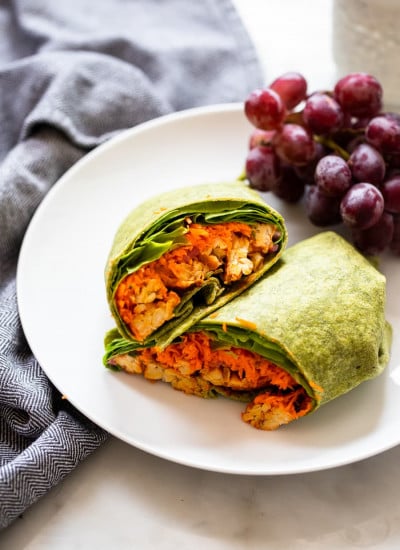

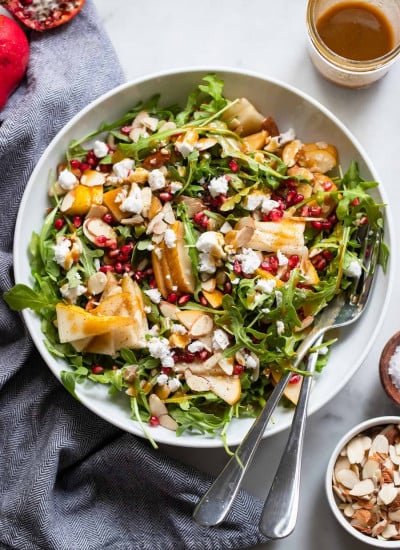
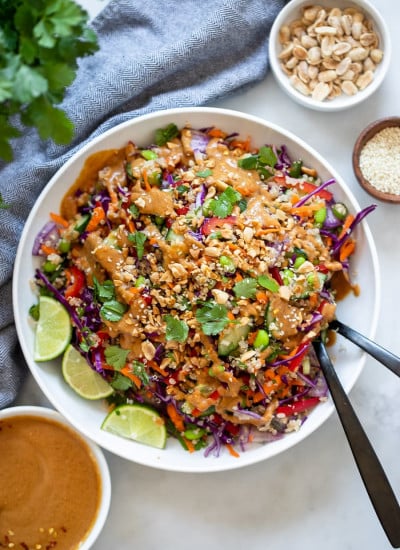

Comments & Reviews
I love this article. I’ve been afraid of ‘fats’ for so long. I have recently started making sure I have healthy fats in my diet since I’ve read that vitamin D needs fat to get used in your body. It’s a shame it’s not a better known fact. I only found out when I was diagnosed with osteopenia and started making a better effort to protect and improve my bone density.
great article! I just did a few cholesterol screenings at work and I talked about this a lot!